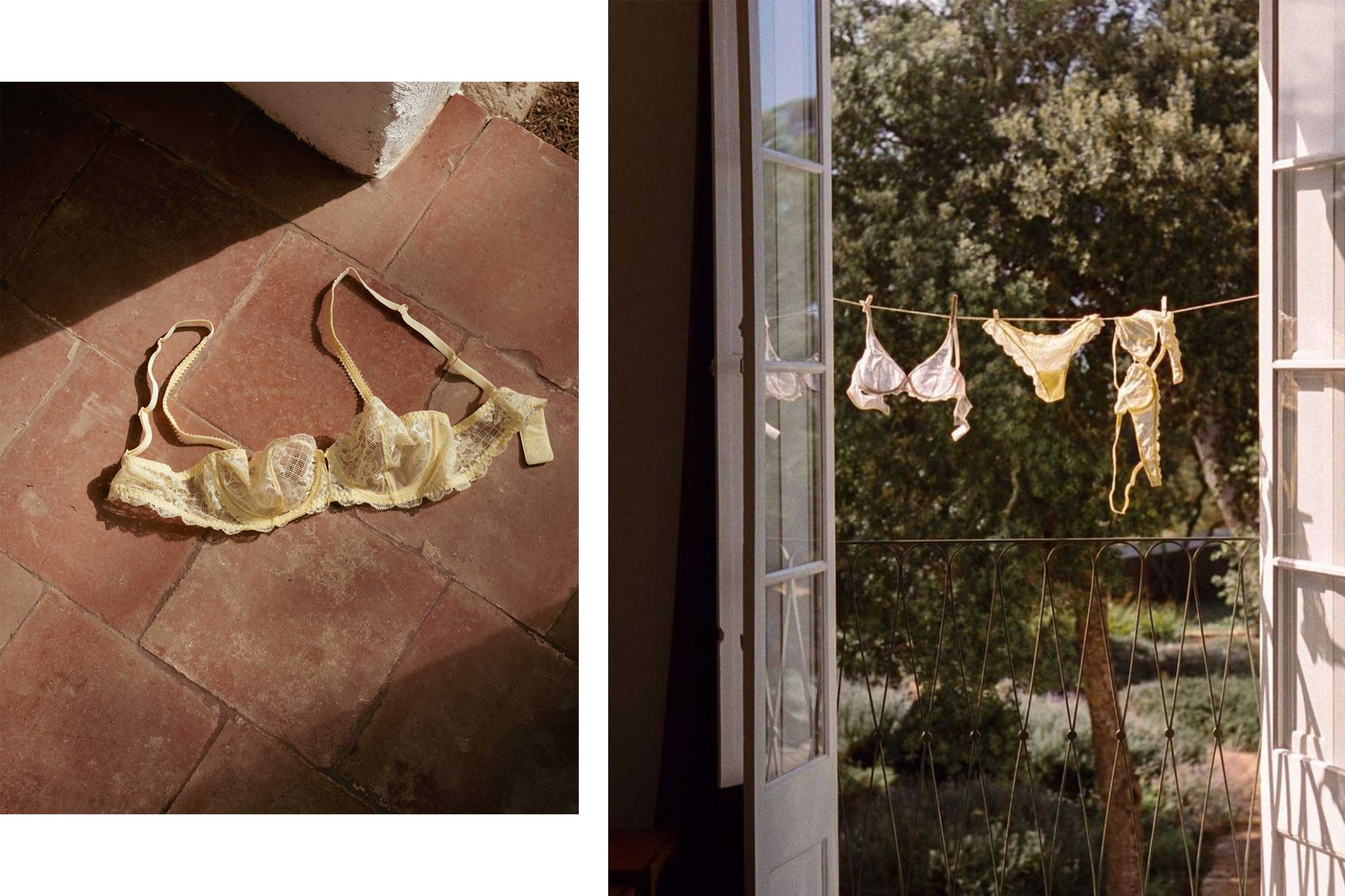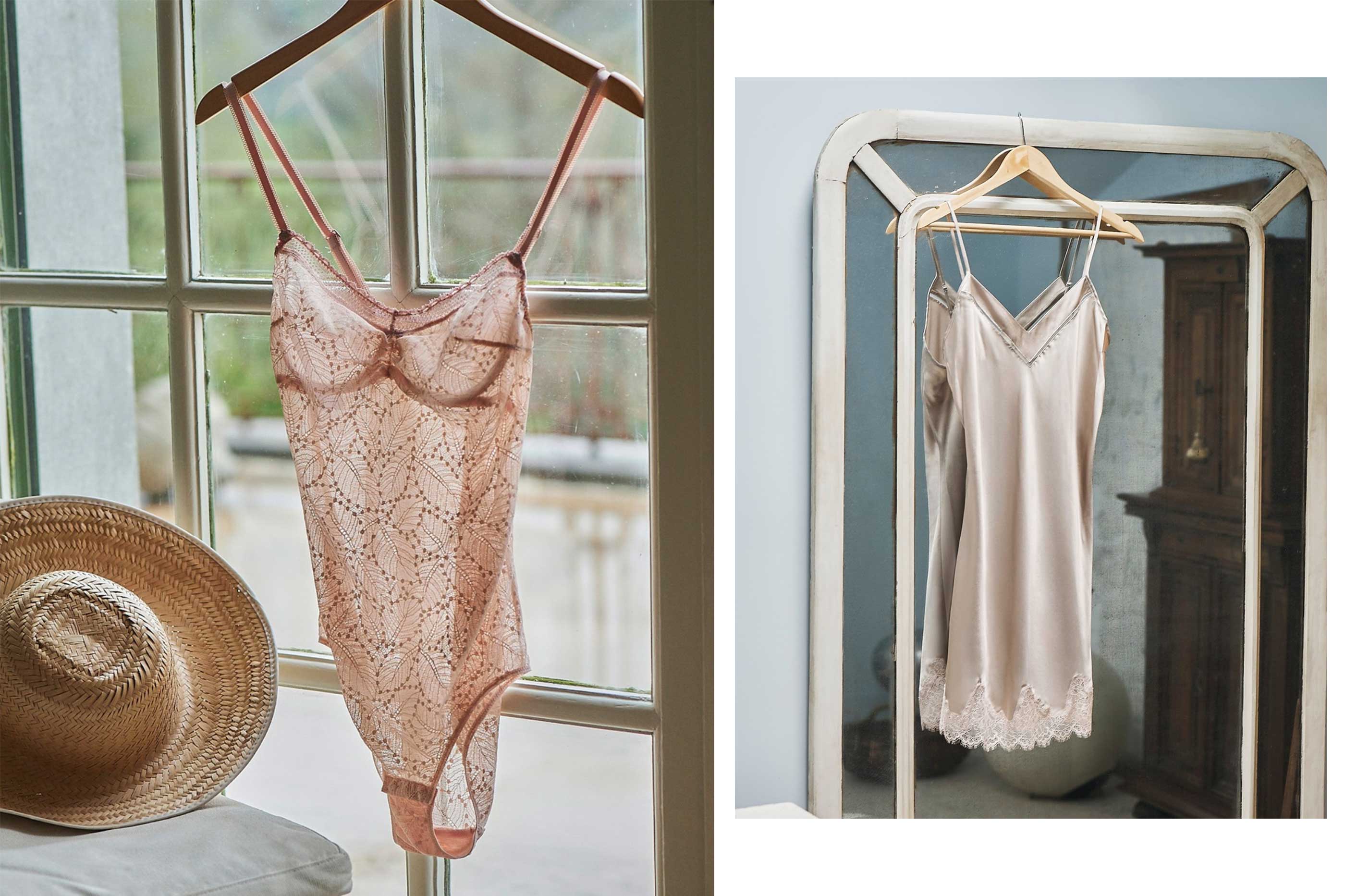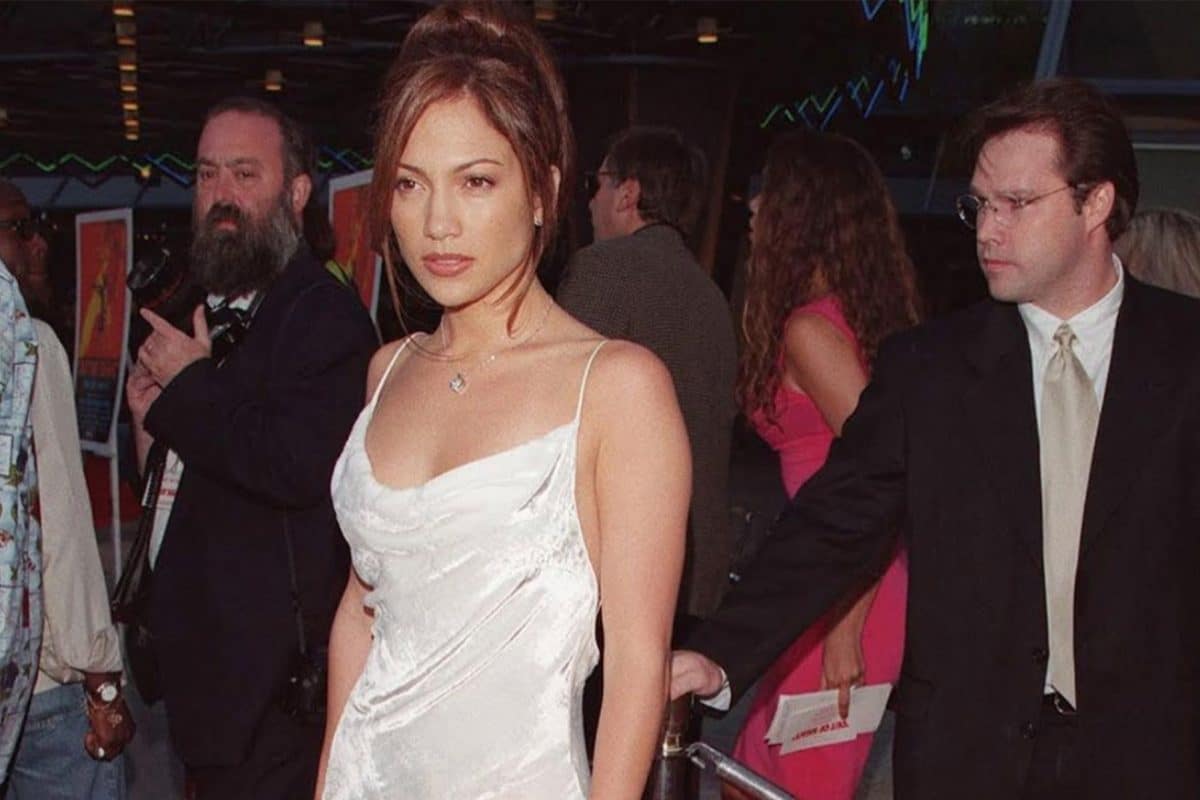
Some brands speak louder than others, but some brands have the legacy of time and loyalty so far on their side, that a confident whisper is all it takes to get our attention. Simone Pérèle is one of these brands. With a family legacy that extends back to its inception, it's clear to see why the lingerie House has such a distinct vision, even after over seven decades of founding.
Since then, the brand has changed and evolved in myriad of ways. As with the changing of the times, Simone Pérèle has new things to consider, like the evolution of technology and a global push towards sustainability. Stéphanie Pérèle, Simone's granddaughter who now oversees Branding and Product Development within the business, always has these front of mind. On one afternoon in Paris, Editor-in-Chief Jess Blanch sat down with Pérèle at the brand's Paris atelier to discuss how the Simone Pérèle woman is evolving over the years and across different continents.

Your role in the company is the legacy but also where to take the business. I would love to hear the vision around that.
Ok. The vision. It is still a family business. My cousin Mathieu came to Australia last in the beginning of July actually, normally he comes each year. What we expect for the brand is really to stay for longer in the business and talk about fashion too, we are really developing with every collection. That’s why we expanded nightwear, loungewear, sports...we really think we have a longer view as a family business. We take time to make the plan, to see if it will work, we really pay attention to the long-term vision.
What was it like growing up with this incredible business at the heart of your family?
Actually it was normal, because it was our family. My grandmother, when I was at the age of having exchange with her, she didn’t work, so it was only both of my parents working in the company and my uncle, so it was more their generation and for me it was normal because my parents were talking about the business all the time on the weekend and evenings. I knew I wanted to work in the company, but I didn’t want to go straight away, so first I did my college, university and everything, and I worked elsewhere for a little bit, and then after I said ‘it is time to go’. But I really started from the beginning, I was in product marketing and I grew up over 10 years.
How do you see the woman evolving? Because obviously it is an interesting time for women politically across the world. At the moment it feels we are supposed to be so empowered and yet there is this kind of confusion around it.
Actually it is funny because my grandmother, when she launched the brand, she always thought about the women first. It was in 1948 and we still always think about the ladies first. So you wear the lingerie for yourself, and if you feel good with yourself and you like it, then you will feel confident. So, it was really one of our major points, and when we developed all the products, we always pay attention to the style, always.
So, yes women are evolving, they are always talking about wireless bras, or sometimes no bra. I mean, no bra is fine when you don’t have a lot of bust, but when you have a lot of bust it is not possible, so there is always something new to talk about. Even if you don’t have a strong bust, it is always a nice piece to have because it is always fashion, so we make fashion pieces first and then for the bust you can wear it also.
How is the technology developing? There is the technical aspect of support that you have always done really well, it is a brand that if anybody with a bust knew they could have a piece that was luxurious but also supportive.
Actually the technology is not very fast, and it is always about the material. The laces, the broderies, and plain fabric, we have been working with partners for 20-30 years which are still the same, and we work very closely so we can adapt to the fabric and the strength of the fabric, the colour, the lightness, so we can have a light fabric but also very stretchy and solid that can support larger breasts. It is not like there is one innovation a year, but it is still improvement. We always try to use a recycled fabric wherever possible.
It is a process now isn’t it, sustainability. It is a long term commitment.
Very long term and it is not just fabric it is the whole. We have two factories, one in Madagascar, one in Tunisia, so it is also about our employees; we try everything to make life easier for them too. It is not just product, it's the global atmosphere of the company and brand.
It is interesting to be in the office because I have always thought of the brand as a very quiet brand in a way, very intimate. Is that how you describe the legacy?
It's funny you say that, because we say that our personal family is very quiet and very low profile. We're very discrete and sometimes someone outside of the family says ‘you should say more’ but it is not what we are, so we always make it who we are.
In the world today, it is very refreshing. I have always seen you as very discrete as a brand.
Sometimes we should do a little bit more, open up a little bit more, but it is difficult to change like this.
Do you work around the whole of the business?
Yes, actually we have one collection that is sold worldwide and my role is to – I mean I have many people that I am working with and I thank them a lot – but I am working with the marketing product who make the new collection, with the creation department, and also taking care of all the buying of the raw material and production, also all the quality and the partners, and all the stock that we have in the shop, and how many products we buy for the year.
Is the shape of the woman changing?
They are changing from one country to another. That is why our business is so difficult, but it is the same as other brands that has our size. It's that we are worldwide, I mean we make 75% or maybe 80% of our turnover abroad. The model of a woman is very different from one country to another. So for example, in France they like embroideries and lots of colours, and if you go to the United States, they like neutral colours or black and with no details at all and the sizes are very different. If you go to Asia that is totally different too.
How does Australia sit in comparison?
In Australia we have a lot of permanent collections. But we are not so far from France, the customer in Australia spends more in a collection but they still like colours and embroideries and lace. Women in France buy more fashion that will be sold in six months, that’s the main difference. In Australia you like transparency and everything, so that is not so far from France. But that won’t sell at all in United States.
Here is the Simone collection we launched almost two years ago, and we talk more about fashion and it is very modern, more about colours, and we play a lot with the merchandising.



